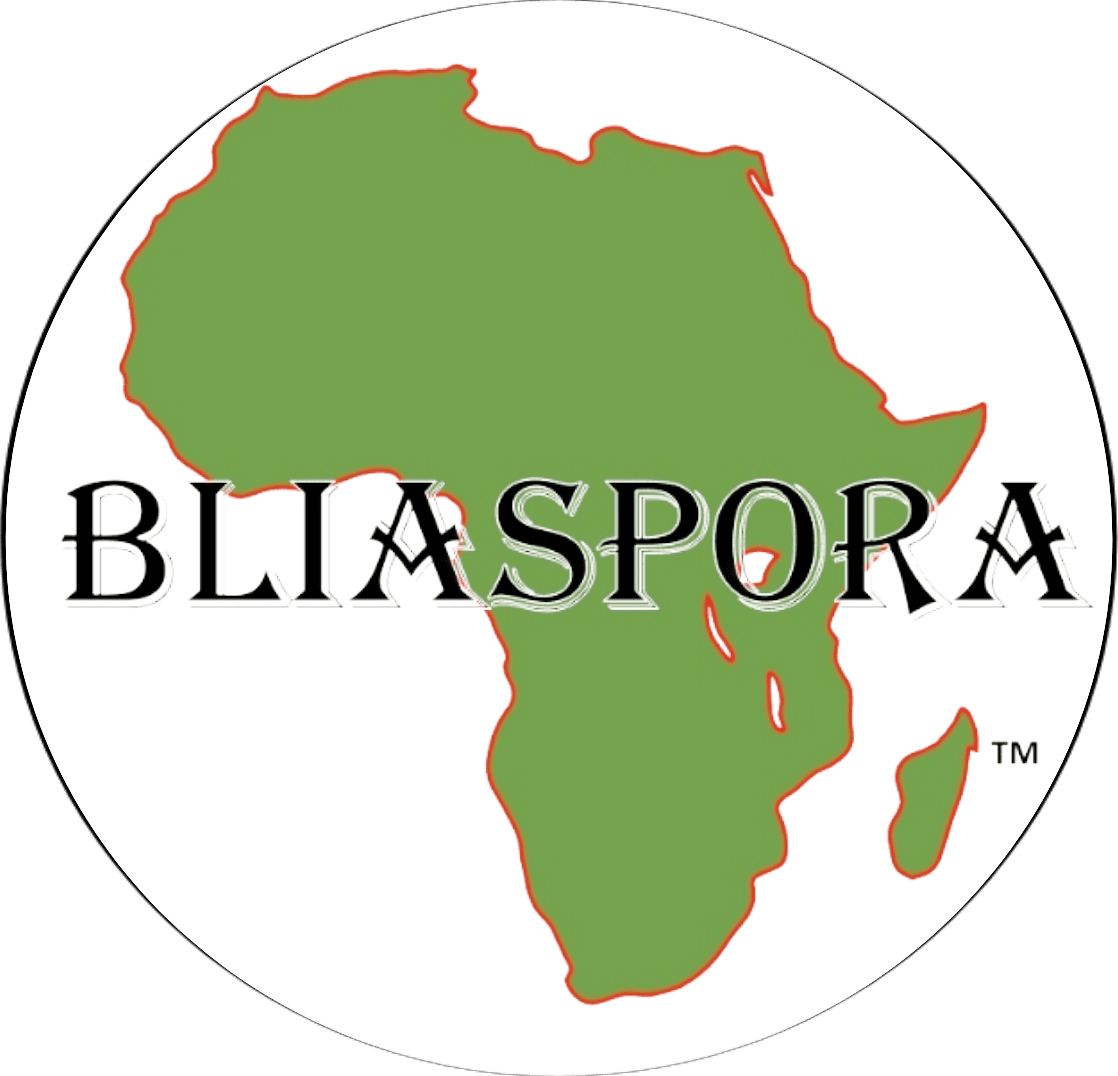Trinidad and Tobago by far the most diverse of all the Caribbean nations is at the most southern portion of the Caribbean island chain. Just off the coast of South America the island nation is rich in culture and traditions. Originally a Spanish Colony, they encouraged Roman Catholics from nearby islands to bring their slave labor. Slaves were also brought from Africa, in 1797 the island was seceded to Britain to begin a slave society with sugar being the crop of choice.
In 1806–07 the slave trade was completely prohibited. Slavery was abolished in two stages between 1834 and 1838, and the sugarcane planters were unable to secure the steady, tractable, and cheap labor they wanted. In 1845 the immigration of indentured workers from the Indian subcontinent began; it continued until 1917. As early as 1870, about one-fourth of the total population consisted of Indo-Trinidadians. The original Trinidadian Indian inhabitants had by then virtually disappeared. Other immigrants came to Trinidad after 1838 from the smaller British Caribbean colonies, Africa (as free settlers rescued from foreign slave ships), Madeira, China, Syria, Lebanon, Venezuela, and the United Kingdom. Trinidad’s population became one of the most heterogeneous in the Caribbean.
https://www.britannica.com/place/Trinidad-and-Tobago/History#ref275761

The Afro-Trinidadian influences on the island are the creation of calypso, soca, and rapso styles of music with the creation of steel-pan and the limbo all originated in Trinidad. The population amongst Afro-Trinidadians and Indo-Trinidadians are almost equal around 35% with the Indian population having a slightly higher populace. On the island of Tobago, many of the inhabitants are black with the numbers hover around 85%. Politically the party system are along ethnic lines where the two largest groups of the island Blacks and Indians having major influence. Generally, the day to day interactions are peaceful like any diverse nation, however, race comes to play around elections. A mix race person in Trinidad-Tobago of African and Indian ancestry are called Dougla’s that consist a small portion of the population.

Carnival!! by far the largest of all carnival festivities in the Caribbean, the diversity of the island sets it apart, where the large African influences for the annual celebrations cannot be ignored.
From 1783 for half a century, the French developed their Carnival, which was noted to be a season of gay and elegant festivities extending from Christmas to Ash Wednesday. These festivities consisted of dinners, balls, concerts and hunting parties. The Africans started to participate in the festivities from 1833 after the Emancipation Bill was passed. The Africans brought Canboulay to its festivities. Canboulay was first played on August 1st, Emancipation Day, but subsequently took place after midnight on Dimanche Gras, the Sunday before Carnival.
http://www.ncctt.org/new/index.php/carnival-history/history-of-carnival.html


*Data From: https://www.indexmundi.com/trinidad_and_tobago/demographics_profile.html
Trinidadian and Tobagonian Music
- Bélé
- Tamboo-Bamboo
- Kaiso
- Calypso
- Soca
- Rapso
- Extempo
- Steel-pan and steel bands
- Chutney (Indian)
Languages Spoken:
- English (official)
- Trinidadian Creole English
- Tobagonian Creole English
- Caribbean Hindustani (a dialect of Hindi)
- Trinidadian Creole French
- Spanish
- Chinese
